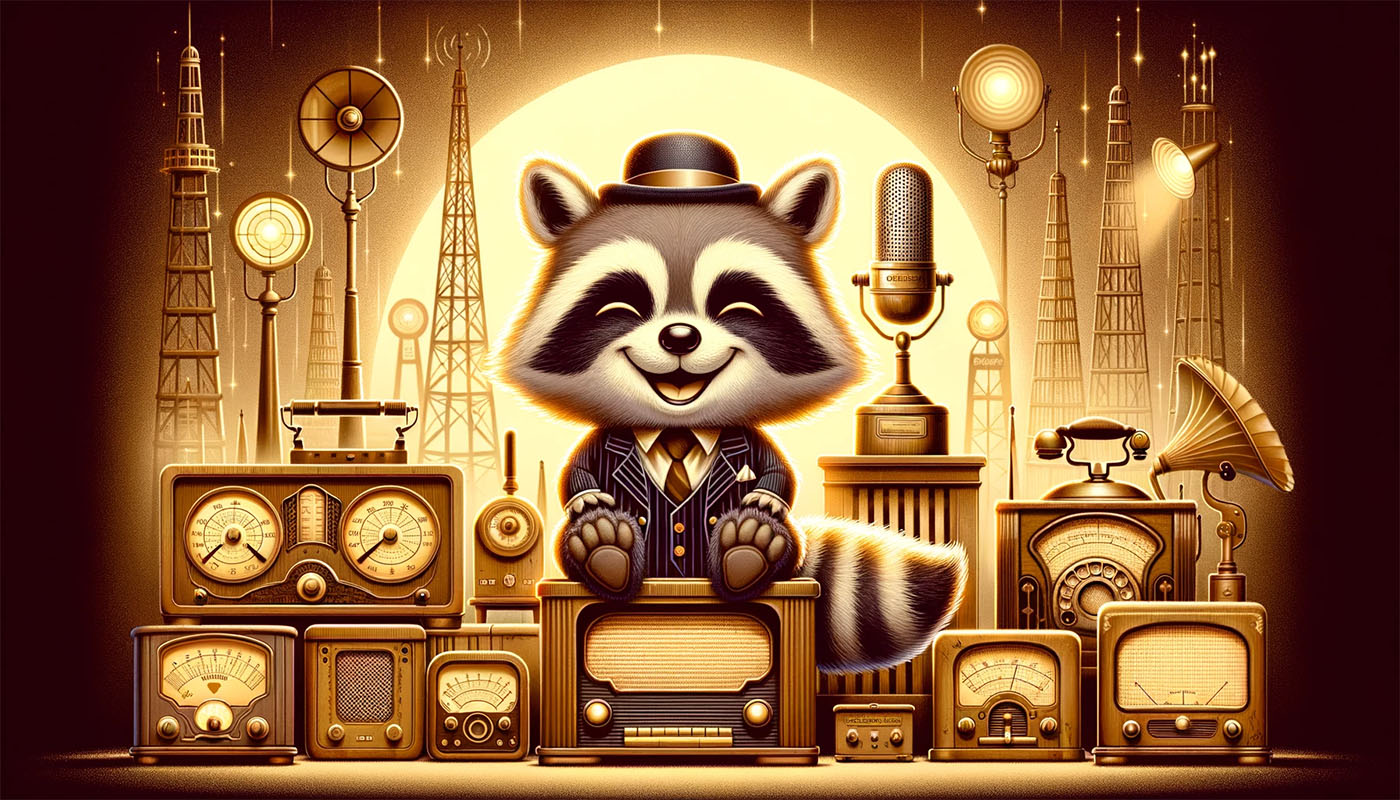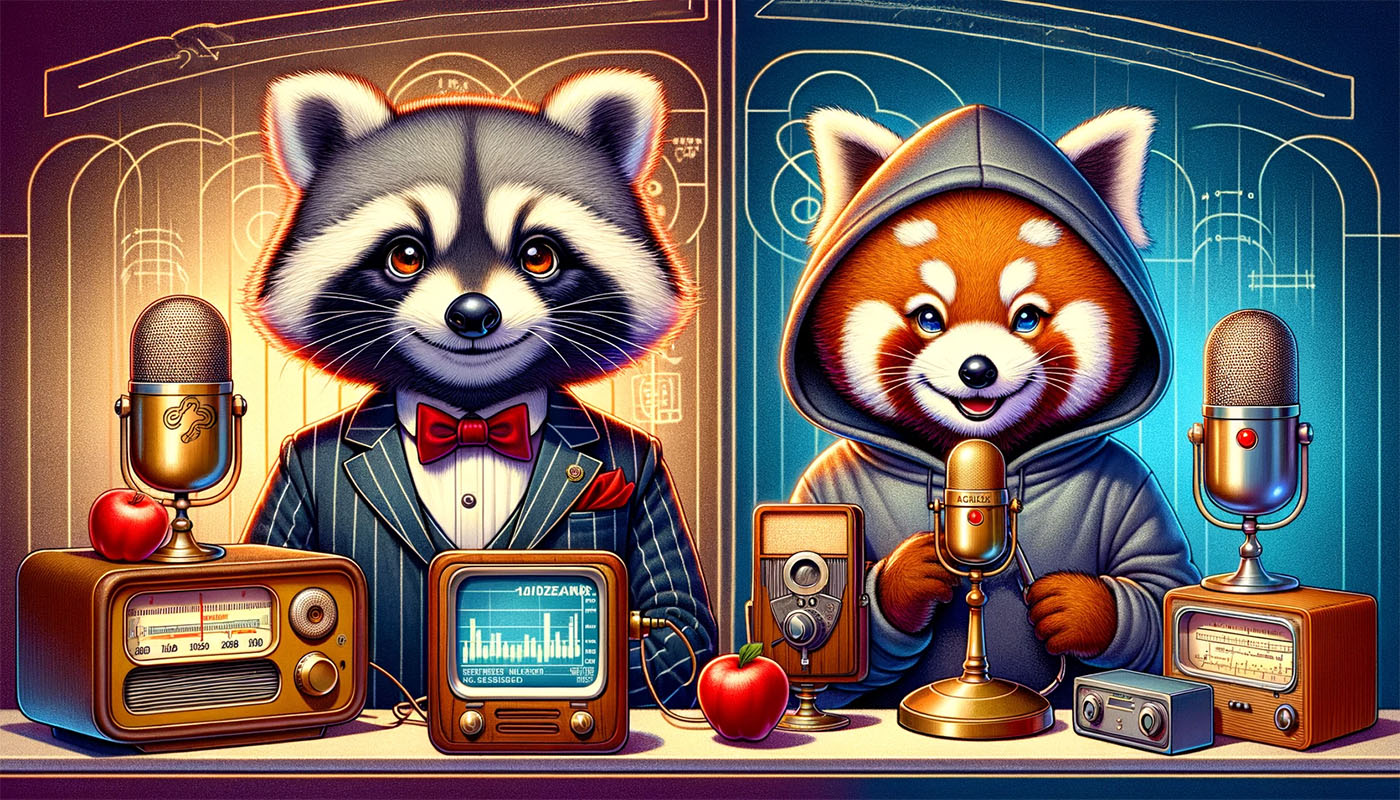October 29 marks a significant anniversary in the history of communication. Precisely a century ago, the first regular radio program emanated from the heart of Berlin, setting the stage for the evolution of radio in Germany and across the globe. This groundbreaking event catalyzed not merely the proliferation of a medium but triggered a profound societal transformation.
Radio began humbly; the initial broadcasts in Berlin had a reach of only a few kilometers. What started as a localized experiment soon burgeoned into a national infrastructure that would irrevocably transform the nation and its citizens.

The History of Radio in Germany
Radio was the inaugural real-time mass medium, inaugurating a new era of communication. For the first time, using a large antenna and inexpensive receivers, it was possible to provide an entire region with real-time news, music, and entertainment. Its development was rapid, both technologically and politically, as it became instrumentalized for various ends.
During the Nazi era, the medium was exploited as a propaganda tool; the infamous Volksempfänger — better known as the "Goebbels' snout" — was introduced to amplify the reach of propaganda. Yet, radio also facilitated access to independent news from the free world, which could be heard far beyond national borders — a factor that gained even greater importance post-World War II and remains relevant today.
Radio played a pivotal role not just in the West but also in the East. During the Cold War, RIAS Berlin (Radio in the American Sector — a free voice of the free world) provided East Germany with unbiased news, serving as a window to freedom for many East Germans. Similarly, the Erste Deutsche Fernsehen (First German Television, the German version of BBC1) could be widely received in East Germany, except for those in the Valley of the Clueless.
In parallel, analogous developments were taking place abroad. The BBC in the United Kingdom and countless stations in the United States contributed to the global proliferation of radio, establishing new standards and practices that would shape the worldwide radio landscape. In industrialized nations, radio quickly spread, proving itself to be a groundbreaking invention.
Technological and Societal Impact
Broadcasting also served as a precursor for subsequent technologies. From television to the Internet, the underlying infrastructure and technology have been continually refined. Today, radio towers and satellites enable us to receive information in real-time from virtually anywhere in the world.
For technology enthusiasts and history aficionados like me, radio is more than just a medium. It's a testament to human ingenuity and the ability to transcend boundaries. With a simple 10-meter wire in my garden, I can receive radio stations from as far afield as the Far East and New Zealand, as well as local AM stations from London and Ukraine, among others. This rudimentary technology allows us, despite all geopolitical and cultural differences, to stay connected and to hear perspectives otherwise alien to our habitual environments.

Radio Today: The Diversity of Airwaves in the Modern Era
Despite rapid advancements in communication technology, radio hasn't lost its relevance. On the contrary, it has adapted and diversified to modern conditions.
In Germany alone, hundreds of radio stations broadcast 24/7 via FM and increasingly through DAB+ (Digital Audio Broadcasting), covering a wide range of topics — from news and politics to music and entertainment. DAB+ is gaining importance for its digital format, enhanced audio quality, and additional services. It also significantly expands the range of available stations. Thanks to DAB+, I have access to around 100 radio stations in the Rhein-Main area, featuring a variety of themes and music genres. Moreover, radio remains globally accessible, integrated into various types of vehicles and available as Internet radio.
While FM (Frequency Modulation) continues to be dominant globally, AM (Amplitude Modulation) remains particularly relevant in rural areas due to its far-reaching capabilities. Shortwave, meanwhile, allows international broadcasters to reach audiences well beyond national borders. In this era of globalization and digital connectivity, radio proves its enduring versatility and its capacity to be relevant on both local and global scales, individually and collectively. I still relish using short and medium wave frequencies to explore news, stories, and music from far-flung regions.

Conclusion
Radio has redefined our understanding of time and space, laying the groundwork for the technological connectivity we now take for granted. As someone operating at the intersection of technology and history, I find the sustained relevance of radio captivating. It's not merely a relic of nostalgia but a living legacy and an instrument for future innovations. The principles of radio frequency technology are applied ubiquitously today, whether in WLAN, DECT, mobile telephony, DVB television via antenna and satellite, Bluetooth, Zigbee, or the countless remote-controlled toys.
In our modern digital world, radio may seem archaic, yet its role as a pioneer and a connector is irrefutable. It reminds us how far we have come and hints at the possibilities yet to be explored. Especially in crisis regions or far from civilization, such as the open sea, it remains a simple and effective means of staying updated. For instance, every Christmas, NDR broadcasts Greetings on Board, which can be received via shortwave on the high seas.
I warmly invite you to share your thoughts and experiences on the topic of radio and its influences on technology, history and society. How has radio shaped your life? Do you think it's a relict of the past or as a medium with limitless future potential?
This post was created with the support of artificial intelligence (GPT-4). Curious how AI can create such texts and images from its own ideas? Learn more about it on the website of the Neoground GmbH - Your partner for AI-Consulting, web development, and digital strategies.







No comments yet
Add a comment